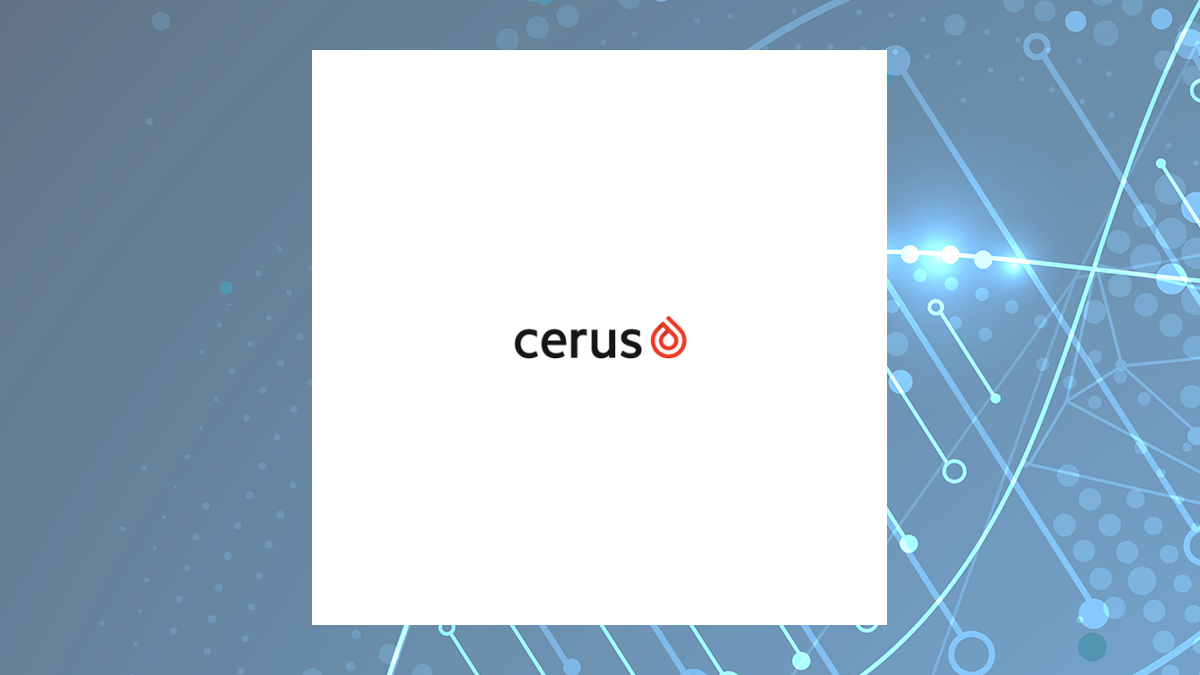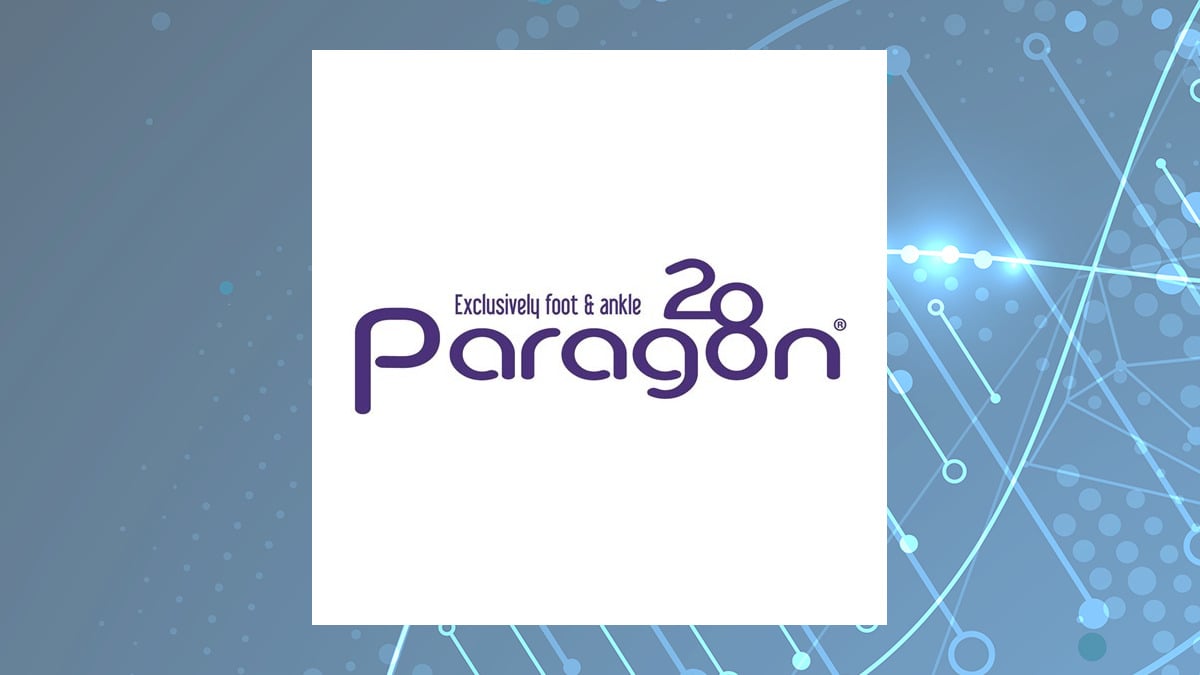Cerus (NASDAQ:CERS – Get Free Report) and Paragon 28 (NYSE:FNA – Get Free Report) are both small-cap medical companies, but which is the superior business? We will contrast the two companies based on the strength of their dividends, institutional ownership, valuation, earnings, analyst recommendations, risk and profitability.
Profitability
This table compares Cerus and Paragon 28’s net margins, return on equity and return on assets.
| Net Margins | Return on Equity | Return on Assets | |
| Cerus | -14.15% | -44.27% | -11.54% |
| Paragon 28 | -24.64% | -32.39% | -17.07% |
Insider and Institutional Ownership
78.4% of Cerus shares are owned by institutional investors. Comparatively, 63.6% of Paragon 28 shares are owned by institutional investors. 3.4% of Cerus shares are owned by insiders. Comparatively, 15.3% of Paragon 28 shares are owned by insiders. Strong institutional ownership is an indication that endowments, hedge funds and large money managers believe a company is poised for long-term growth.
Analyst Ratings
| Sell Ratings | Hold Ratings | Buy Ratings | Strong Buy Ratings | Rating Score | |
| Cerus | 0 | 1 | 3 | 0 | 2.75 |
| Paragon 28 | 0 | 0 | 4 | 0 | 3.00 |
Cerus presently has a consensus target price of $3.63, suggesting a potential upside of 117.07%. Paragon 28 has a consensus target price of $15.25, suggesting a potential upside of 211.86%. Given Paragon 28’s stronger consensus rating and higher probable upside, analysts plainly believe Paragon 28 is more favorable than Cerus.
Earnings and Valuation
This table compares Cerus and Paragon 28″s gross revenue, earnings per share and valuation.
| Gross Revenue | Price/Sales Ratio | Net Income | Earnings Per Share | Price/Earnings Ratio | |
| Cerus | $169.98 million | 1.82 | -$37.49 million | ($0.17) | -9.82 |
| Paragon 28 | $216.39 million | 1.89 | -$57.53 million | ($0.69) | -7.09 |
Cerus has higher earnings, but lower revenue than Paragon 28. Cerus is trading at a lower price-to-earnings ratio than Paragon 28, indicating that it is currently the more affordable of the two stocks.
Volatility and Risk
Cerus has a beta of 1.18, meaning that its share price is 18% more volatile than the S&P 500. Comparatively, Paragon 28 has a beta of 0.97, meaning that its share price is 3% less volatile than the S&P 500.
Summary
Paragon 28 beats Cerus on 8 of the 14 factors compared between the two stocks.
About Cerus
 Cerus Corporation operates as a biomedical products company. The company focuses on developing and commercializing the INTERCEPT Blood System to enhance blood safety. Its INTERCEPT Blood System, a proprietary technology for controlling biological replication that is designed to reduce blood-borne pathogens in donated blood components intended for transfusion. The company offers INTERCEPT Blood Systems for platelets and plasma, which is designed to inactivate blood-borne pathogens in platelets and plasma donated for transfusion; INTERCEPT Blood System for red blood cells to inactivate blood-borne pathogens in red blood cells donated for transfusion; and INTERCEPT Blood System for Cryoprecipitation that uses its plasma system to produce pathogen reduced cryoprecipitated fibrinogen complex for the treatment and control of bleeding, including massive hemorrhage associated with fibrinogen deficiency, as well as pathogen reduced plasma, cryoprecipitate reduced. It sells platelet and plasma systems through its direct sales force and distributors in the United States, Europe, the Commonwealth of Independent States, the Middle East, Latin America, and internationally. Cerus Corporation was incorporated in 1991 and is headquartered in Concord, California.
Cerus Corporation operates as a biomedical products company. The company focuses on developing and commercializing the INTERCEPT Blood System to enhance blood safety. Its INTERCEPT Blood System, a proprietary technology for controlling biological replication that is designed to reduce blood-borne pathogens in donated blood components intended for transfusion. The company offers INTERCEPT Blood Systems for platelets and plasma, which is designed to inactivate blood-borne pathogens in platelets and plasma donated for transfusion; INTERCEPT Blood System for red blood cells to inactivate blood-borne pathogens in red blood cells donated for transfusion; and INTERCEPT Blood System for Cryoprecipitation that uses its plasma system to produce pathogen reduced cryoprecipitated fibrinogen complex for the treatment and control of bleeding, including massive hemorrhage associated with fibrinogen deficiency, as well as pathogen reduced plasma, cryoprecipitate reduced. It sells platelet and plasma systems through its direct sales force and distributors in the United States, Europe, the Commonwealth of Independent States, the Middle East, Latin America, and internationally. Cerus Corporation was incorporated in 1991 and is headquartered in Concord, California.
About Paragon 28
 Paragon 28, Inc. develops, distributes, and sells foot and ankle surgical systems in the United States and internationally. It offers plating systems, including gorilla plating systems, such as lisfranc, lapidus, lateral column, calcaneus slide, and naviculocuneiform (NC) fusion plating systems; baby gorilla plate-specific screws, navicular fracture plates, and 5th metatarsal hook plates; and silverback plating systems. The company also provides precision guide technology for various procedures consisting of fusion, a procedure to address bunion deformities that fuses two bones on the big toe; first tarsometatarsal arthrodesis; and metatarsal osteotomy for bunion correction, medial column beaming for charcot foot reconstruction, ankle fusion plating, and NC joint arthrodesis. In addition, it offers monster, mini monster, and joust beaming screw systems for use in bone reconstruction, osteotomy, arthrodesis, joint fusion, ligament fixation, fracture repair, and fracture fixation; APEX 3D total ankle replacement systems; and total talus spacers to replace the talus and bone in the ankle that connects the leg and foot. Further, the company provides forefoot or hallux valgus correction systems, including phantom intramedullary nail systems for the treatment of severe hallux valgus; and various orthobiologics comprising bone wedges, grafts, demineralized bone matrices, bone void fillers, synthetic materials, amniotic products, and a biocompatible collagen matrix, as well as PRESERVE bone graft systems for homologous application. Additionally, it offers soft tissue fixation systems, titanium sprayed polyetheretherketone implants, nitinol staple systems, stabilization systems, and curved instruments. The company serves hospitals and ambulatory surgery centers through a network of sales representatives and stocking distributors. Paragon 28, Inc. was founded in 2010 and is headquartered in Englewood, Colorado.
Paragon 28, Inc. develops, distributes, and sells foot and ankle surgical systems in the United States and internationally. It offers plating systems, including gorilla plating systems, such as lisfranc, lapidus, lateral column, calcaneus slide, and naviculocuneiform (NC) fusion plating systems; baby gorilla plate-specific screws, navicular fracture plates, and 5th metatarsal hook plates; and silverback plating systems. The company also provides precision guide technology for various procedures consisting of fusion, a procedure to address bunion deformities that fuses two bones on the big toe; first tarsometatarsal arthrodesis; and metatarsal osteotomy for bunion correction, medial column beaming for charcot foot reconstruction, ankle fusion plating, and NC joint arthrodesis. In addition, it offers monster, mini monster, and joust beaming screw systems for use in bone reconstruction, osteotomy, arthrodesis, joint fusion, ligament fixation, fracture repair, and fracture fixation; APEX 3D total ankle replacement systems; and total talus spacers to replace the talus and bone in the ankle that connects the leg and foot. Further, the company provides forefoot or hallux valgus correction systems, including phantom intramedullary nail systems for the treatment of severe hallux valgus; and various orthobiologics comprising bone wedges, grafts, demineralized bone matrices, bone void fillers, synthetic materials, amniotic products, and a biocompatible collagen matrix, as well as PRESERVE bone graft systems for homologous application. Additionally, it offers soft tissue fixation systems, titanium sprayed polyetheretherketone implants, nitinol staple systems, stabilization systems, and curved instruments. The company serves hospitals and ambulatory surgery centers through a network of sales representatives and stocking distributors. Paragon 28, Inc. was founded in 2010 and is headquartered in Englewood, Colorado.
Receive News & Ratings for Cerus Daily - Enter your email address below to receive a concise daily summary of the latest news and analysts' ratings for Cerus and related companies with MarketBeat.com's FREE daily email newsletter.
